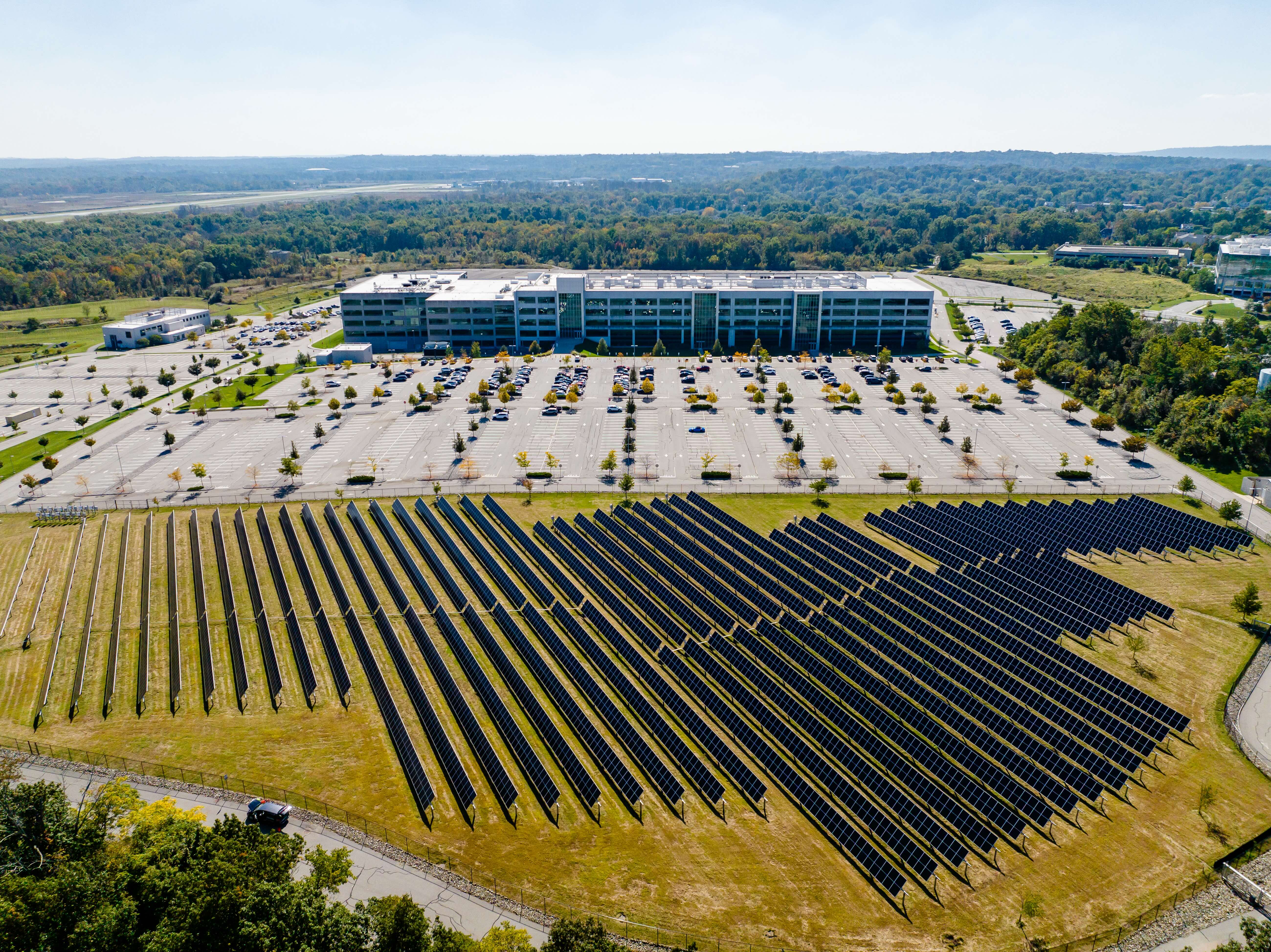Key Takeaways
- Bayer unveils a new solar array installation at its Woodland, CA vegetable research and development site.
- The installation is set to provide 70% of the site’s electrical energy demand.
- This makes the Woodland site Bayer’s most onsite solar-powered operation globally.
- The project aligns with Bayer’s sustainability commitments, including carbon neutrality by 2030 and net-zero waste by 2050.
- Bayer’s sustainability strategy involves purchasing 100% renewable electricity by 2030, aligning with the United Nations Sustainable Development Goals and the Paris Agreement.
Bayer Woodland’s New Solar Array Installation Boosts Sustainability Efforts
Renewable Energy Initiatives at Bayer
Bayer has recently completed a significant solar array installation at its vegetable research and development site in Woodland, California. This installation will provide 70% of the site’s electrical energy needs. Enrique Wehlen, Head of Sustainability, Safety, Health & Environments (SSHE) North America at Bayer, highlighted that the Woodland site now stands as the most onsite solar-powered operation within Bayer globally.
Sustainability and Energy Efficiency
The Woodland solar power project follows another solar installation at Bayer’s main U.S. offices in Whippany, New Jersey. Both projects are part of Bayer’s broader commitment to sustainability, focusing on reducing energy costs and promoting environmental responsibility. These initiatives are unveiled to employees and community leaders, reinforcing Bayer’s dedication to sustainable practices.
Alignment with Global Sustainability Goals
These solar projects are integral to Bayer’s commitment to achieving carbon neutrality by 2030 and net-zero waste by 2050. The company’s plan to purchase 100% sustainable renewable electricity by 2030 is a significant part of this commitment. This strategy, approved by the Science Based Targets initiative, is crucial for Bayer’s efforts to meet its science-based sustainability targets. The company’s approach aligns with the United Nations Sustainable Development Goals and the Paris Agreement, which aims to limit global warming to 1.5 degrees Celsius.
Impact on Greenhouse Gas Emissions
Renewable energy, such as solar power, is key to reducing greenhouse gas (GHG) emissions. Renewable energy sources do not produce carbon emissions during the electricity generation process, thus significantly reducing total GHG emissions. Delf Bintakies, Global Head of SSHE at Bayer, emphasizes that these solar installations demonstrate Bayer’s commitment to GHG emission reduction internally and in the communities where they operate.
Criteria for Green Energy Procurement
Bayer has set specific criteria for its procurement of green energy. This includes the proximity of energy production facilities to Bayer sites, the use of new generation sources, and a focus on wind and solar power. These criteria ensure that the company’s green energy initiatives are both effective and sustainable.


